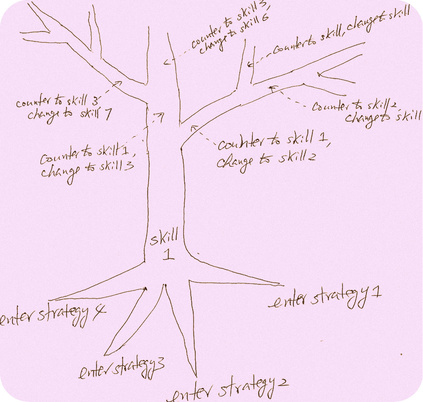D
Deleted member 39746
Guest
I would just put it down to difficult, a punch is dangerous to yourself and the other party. All techniques performed for combative purpose unless restraining* should be dangerous, the entire point is to damage the other persons body/destroy it.
Fun thing i think Scottish targ and something forgot the names, basically highlander sword and shield fighting has the last rule being "there are no rules" or something. a few other things do as well. Its like the "there are no absolutes and i believe that absolutely"
This is just my view on it, i would go with 1 and 4. But 4 isn't really a issue or thing to some people as previously mentioned.
* Both meaning pulling power when relevant and wishing to restrain the other party not maim/hurt past necessary. Both ways to read that fit.
Fun thing i think Scottish targ and something forgot the names, basically highlander sword and shield fighting has the last rule being "there are no rules" or something. a few other things do as well. Its like the "there are no absolutes and i believe that absolutely"
This is just my view on it, i would go with 1 and 4. But 4 isn't really a issue or thing to some people as previously mentioned.
* Both meaning pulling power when relevant and wishing to restrain the other party not maim/hurt past necessary. Both ways to read that fit.
Last edited by a moderator:

